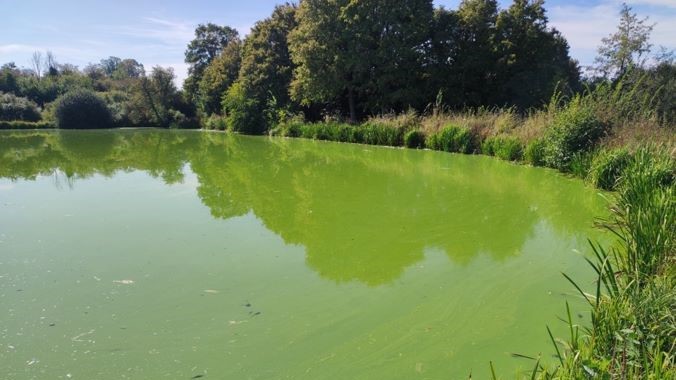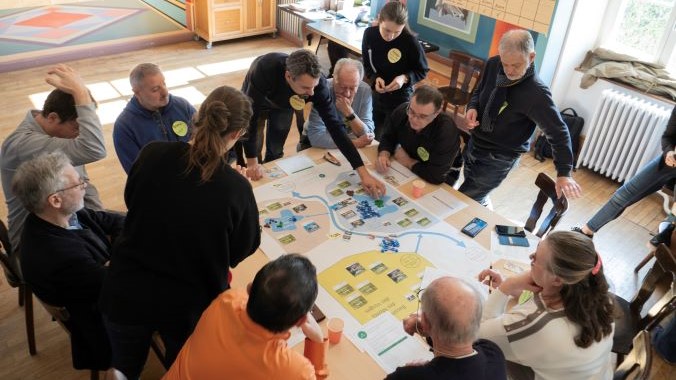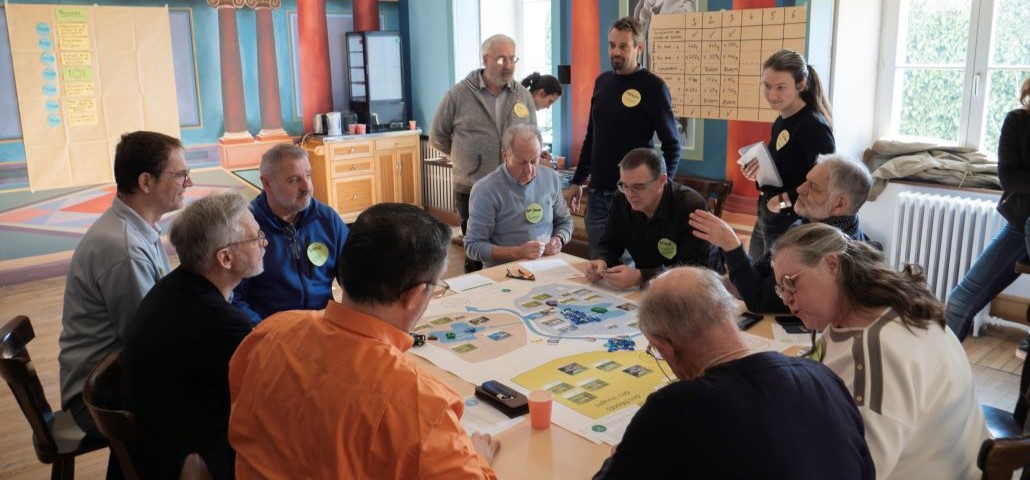Context
For several years, the Moselle-Sud ponds have been experiencing recurrent cyanobacterial blooms that restrict swimming and water leisure activities, even as climate change increases societal demand for cooling spaces. In addition to impacting the local economy, these blooms pose risks to human and animal health. Furthermore, this territory, traditionally characterized by the presence of water, is facing a relatively new challenge: drought. In response to this complex situation, an interdisciplinary action-research project has been established to better understand the functioning of the ponds and cyanobacterial blooms and to identify leverage points for improving the situation.

56 actors and 21 organizations participated in the public participation process
3 years and around ten participatory workshops were held to diagnose the situation and seek solutions
Creation of a governance model for the ponds and a draft action plan
Our mission
Lisode, which contributed to the design of the project, played a role in bridging scientific disciplines and actors. To this end, we conducted a diagnosis of the current governance of the ponds and an inventory of existing knowledge. Through a companion modeling approach, we co-constructed a systemic model linking anthropogenic practices, climate, water availability and quality, cyanobacterial blooms, and the economic and social consequences they generate. This model then facilitated the development of a role-playing game used with local actors to seek consensual and sustainable solutions to this situation.

Impacts and results


